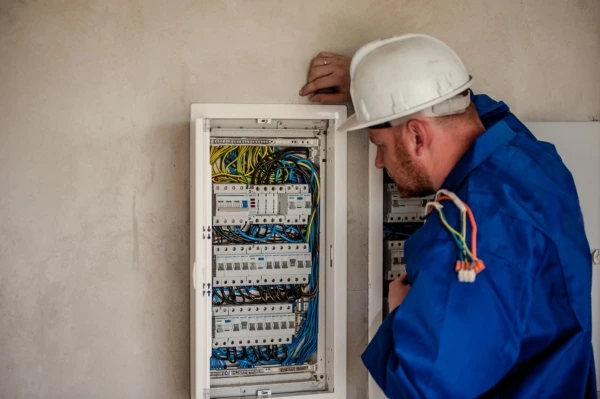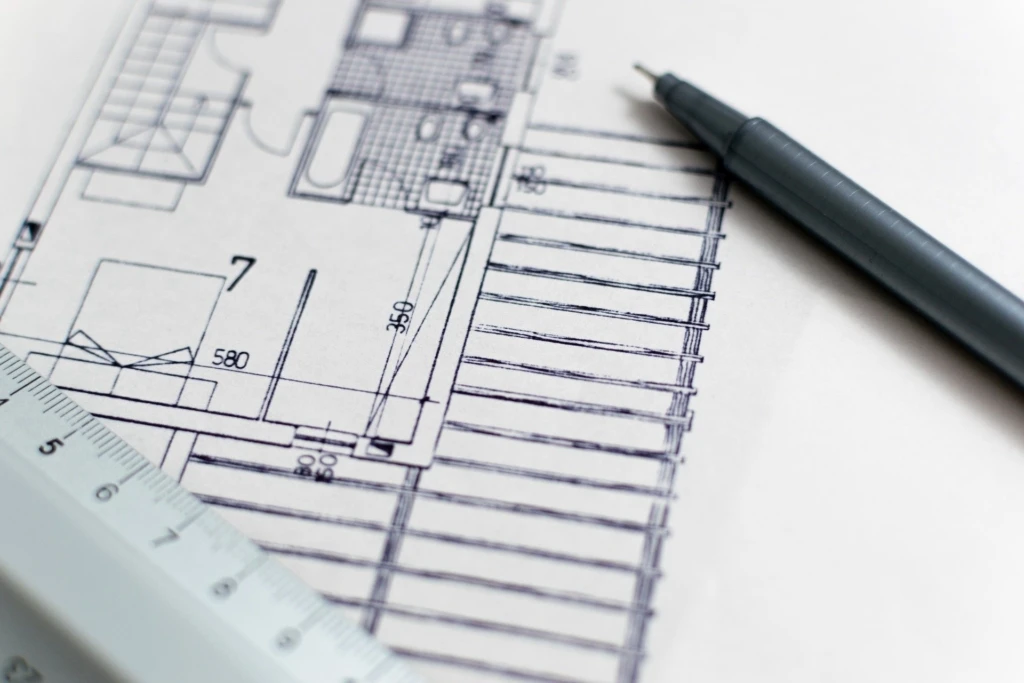Electrical Safety is Vital

In connection with the recently enacted building code, several questions have arisen. One of these questions is related to electrical work. For example, can one change a light bulb at home without having the appropriate competence certificate or license? Let's say in advance that yes, one can, if the fixture is switched off.
The Law Says
Electrical work permitted for ordinary people: replacement of accessories up to 230-volt rated alternating voltage electrical equipment in a de-energized condition intended for regular replacement by the user with accessories of specified rated parameters, such as light sources, fuses and protective devices.
From this one can further extrapolate and argue that if you are not sure whether the switch is off or not, you should switch off the corresponding protective switch located in the electrical panel (this can be found from the panel diagram), which is an action permitted by law.
The Law Says
Electrical work permitted for ordinary people – switching on and off of automatic protective devices and protective switches and checking the operation of residual current protective switches by switching them on and off is permitted for any person.

Now How Does This Panel Diagram End Up in the Panel?
The legislator has thought about this and provided their instructions as follows – a company/entrepreneur conducting electrical work as a business activity must have a leading person with proven competence who is responsible for the correctness of the work performed.
The person performing electrical work must, after performing the electrical work, ensure on the basis of measurement and test results, visual inspection and documentation that the electrical installation and the electrical work performed on it complies with the requirements. The work must be documented. The activities described above ensure that a panel diagram is also created for the electrical panel.

In general, one can read from the law that an ordinary person can calmly replace household appliances, light bulbs, check current voltage with an indicator in electrical equipment with a rated alternating voltage of up to 230 volts, remove the covers of electrical outlets and switches in a de-energized condition, and disassemble electrical wires and equipment in a de-energized condition. The remaining electrical installation-related work must be performed by a professional in that field. Furthermore, this person's competence must be documented.
There are quite a few electrical panels where a panel diagram is missing, which in turn indicates that the electrical work done in these buildings/apartments may not have been performed correctly, and this in turn can be very dangerous for users of the electrical installation.
Please ensure that electrical safety is guaranteed in your home!
Article source: Domus Kinnisvara





